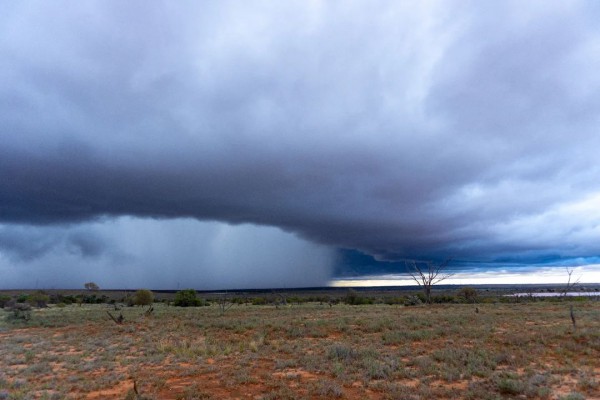A burst of heavy rain will soak Tasmania during the middle of this week, with potential falls in excess of 200 mm expected to cause flooding in the state’s north.
A low pressure trough carrying copious moisture down from the tropics will drive thick clouds and heavy rain over Tasmania between Wednesday and Friday this week.
This surge of wet weather will dampen the entire state, although the heaviest rain is likely to occur in the northern hydro lakes, where onshore winds will produce persistent rain between Wednesday afternoon and Friday morning.
A number of forecast models suggest that accumulated falls of 150 to 250 mm are possible in northern Tasmania between Wednesday and Friday, most of which will be falling on Wednesday night and Thursday. The forecast rain is very heavy for this region and is likely to cause increased streamflow and flooding.
Image: Forecast accumulated rain during the 60 hours ending at 11am AEDT on Friday, October 14, according to the ECMWF-HRES model.
The rain piling in from the north is significant because it will be much warmer than the typical rain associated with cold fronts. This means snow will be melting rather than falling over the highlands, leading to a further increase in runoff into the hydro lakes.
The below graph shows the predicted 7-day streamflow for the Forth River in the state’s northwest. The red box on Friday, October 14 shows just how significant this rain event could be.
Image: 7-day streamflow forecast for the Forth River. Source: BoM
Rain will be lighter in southern Tasmania over the next few days, although Hobart could still see around 15 to 35mm between Wednesday and Friday.
Hydro operators can more accurately predict hydro plant output and manage water flows through accurate long-term catchment rainfall and snowfall forecasts.
Rainfall forecasts from one hour to one year ahead are crucial for effective management of hydro assets. For more information on these services, please contact us at apac.sales@dtn.com.








